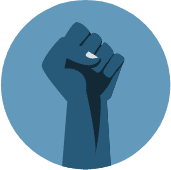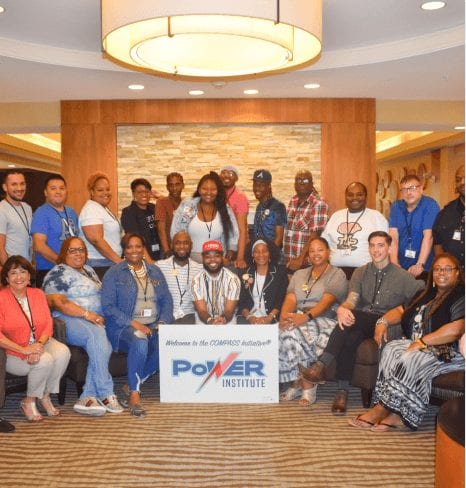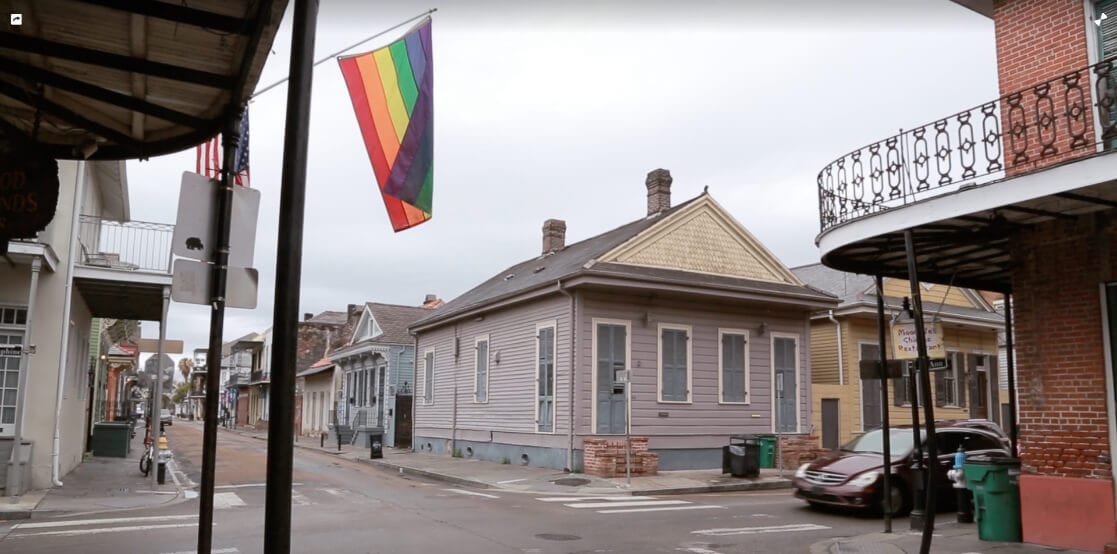Many people living in the Southern U.S. face a multitude of serious societal and systemic challenges that contribute to the HIV epidemic in the region. The burden of poverty, stigma, and prejudice, low health literacy, and lack of insurance and access to care are among the critical challenges that people living with or affected by HIV face in the region.3 Addressing the HIV/AIDS crisis is not limited to issues of healthcare access and delivery, but also involves navigating cultural norms and social determinants of health that contribute to the epidemic.
Why the South?
According to Centers for Disease Control and Prevention (CDC), “the South now experiences the greatest burden of HIV infection, illness and deaths of any U.S. region, and lags far behind in providing quality HIV prevention and care to its residents.”1 Southern states today account for an estimated 44% of all people living with HIV in the U.S., despite comprising only about one-third (37%) of the overall population.1 As the epicenter of HIV/AIDS in United States, the South has infection rates comparable of some of the earliest days of the epidemic in the 1980s.2
The Burden of Poverty

An Increase in:
Funding, Social Justice, Knowledge,
Access, Awareness, Service Providers

Leads to a Decrease in:
Inequalities and Barriers to HIV
Prevention and Care
These structural barriers are compounded by policy issues and funding deficits that hit the Southern United States the hardest, such as lack of Medicaid expansion and federal funding for HIV/AIDS.4, 5 In the Southern U.S., HIV/AIDS funding decreased by $2 million from 2015 to 2016. Further, only one of the nine Deep South states has expanded Medicaid under the Affordable Care Act, preventing people living with HIV, who heavily rely on Medicaid programs, from getting the care they need.6, 7 These service limitations, in turn, pose significant obstacles to accessing treatment and care for HIV/AIDS.
If all 433,816 people living with HIV in the South stood arm to arm they
would span over 5 states and would stretch nearly a 7 hour car ride.

While the Southern HIV epidemic primarily impacts urban regions, the South has a greater number of new diagnoses in both suburban and rural areas than anywhere else in the country. According to the CDC, rural areas in the South face unique challenges to tackling the epidemic, such as limited access to health care services, providers with limited HIV experience, limited health infrastructure, lack of HIV prevention awareness, and higher levels of poverty and stigma.1 The South’s larger and more geographically dispersed population of people living with HIV also creates barriers to care, such as lack of transportation and availability of local services.

More in the South
In addition to these numerous structural and geographic barriers, the disproportionate number of new HIV diagnoses and people living with HIV in the South demonstrates a need for more intentional funding and directed efforts to eliminate this public health crisis.4 For more information about the HIV epidemic in the United States, especially in the South, visit AIDSVu.
References:
1. Centers for Disease Control and Prevention. HIV in the Southern United States. CDC Issue Brief.
https://www.cdc.gov/hiv/pdf/policies/cdc-hiv-in-the-south-issue-brief.pdf
Published May 2016. Accessed July 2018.
2. Centers for Disease Control and Prevention. HIV in the United States: At A Glance. Centers for Disease Control and Prevention.
https://www.cdc.gov/hiv/statistics/overview/ataglance.html
Published June 2016. Accessed July 2018.
3. Waite KR, Paasche-Orlow M, Rintamaki LS, Davis TC, Wolf MS. Literacy, Social Stigma, and HIV Medication Adherence. Journal of General
Internal Medicine. 2008 ; 23(9) :1367-1372.
https://www.ncbi.nlm.nih.gov/pmc/articles/PMC2518013/
Accessed July 2018.
4. The Washington Post. Southern states are now epicenter of HIV/AIDS in the U.S. The Washington Post.
https://www.washingtonpost.com/national/health-science/southern-states-are-now-epicenter-of-hivaids-in-the-us/2014/09/22/9ac1525a-39e6-11e4-9c9f-ebb47272e40e_story.html?utm_term=.1165c4845785
Published September 2014. Accessed July 2018.
5. Reif, S., Safley, D., McAllaster, C., Wilson, E., & Whetten, K. (2017). State of HIV in the US Deep South. Journal of Community Health, 42(5),
844-853.
6. Funders Concerned About AIDS. Philanthropic Support to Address HIV/AIDS in 2016. Funders Concerned About AIDS: Reignite the Fight.
http://www.fcaaids.org/wp-content/uploads/2016/11/FCAA_2016ResourceTrackingReport_WebReady-1UPDATED.pdf
Published 2016. Accessed July 2018.
7. Kaiser Family Foundation. Medicaid’s Role for Individuals with HIV.Henry J Kaiser Family Foundation.
https://www.kff.org/infographic/medicaids-role-for-individuals-with-hiv/
©2025 Emory University, Inc. All rights reserved.

